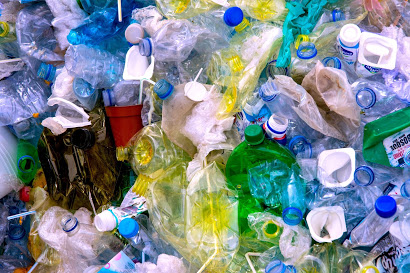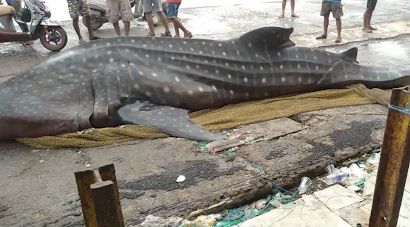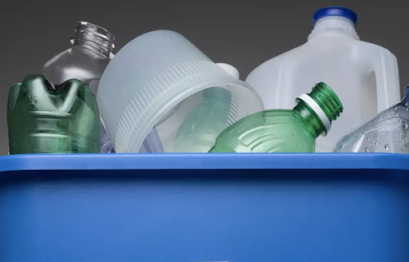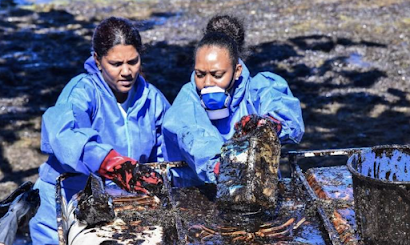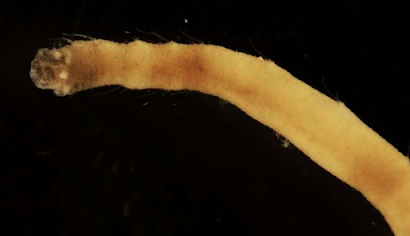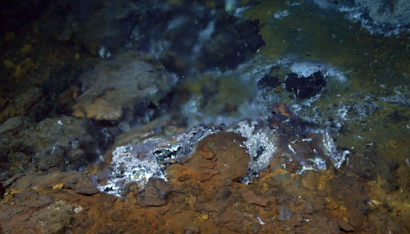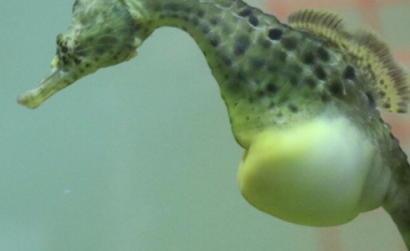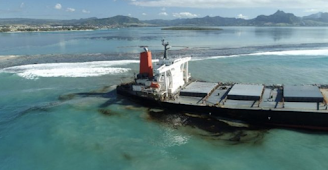Plastic pollution plagues Southeast Asia amid Covid-19 lockdowns, Greenland ice sheet calves, Whale shark sale in India, Trump signs $3 B plan to boost conservation, Mauritius oil spill and more…
Nearly 40 years of satellite data from Greenland shows that glaciers on the island have shrunk so much that even if global warming were to stop today, the ice sheet would continue shrinking. The finding, published today, Aug. 13, in the journal Nature Communications Earth and Environment, means that Greenland’s glaciers have passed a tipping point of sorts, where the snowfall that replenishes the ice sheet each year cannot keep up with the ice that is flowing into the ocean from glaciers. That means that even if humans were somehow miraculously able to stop climate change in its tracks, ice lost from glaciers draining ice to the ocean would likely still exceed ice gained from snow accumulation, and the ice sheet would continue to shrink for some time.
Just two decades ago, it was rare to see one dead whale along New York’s shores in a single year. But this month alone, two dead humpback whales were spotted on Long Island — bringing the total to seven large whale strandings in the New York area in 2020. In the past three years, 52 carcasses of the large sea mammals have washed up in the waters around New York — averaging around one stranding every 27 days, according to the Atlantic Marine Conservation Society.
The white-spotted eagle ray (Aetobatus narinari), found in estuaries and lagoons throughout Florida, is listed as “near threatened” on the International Union for Conservation of Nature’s “Red List of Threatened Species.” Keeping tabs on this highly mobile species for conservation efforts can be extremely challenging, especially for extended periods of time. Researchers from Florida Atlantic University’s Harbor Branch Oceanographic Institute used uniquely coded transmitters and acoustic telemetry to give them a leading edge to unravel fine-scale movement, behavior, and habitat use of white-spotted eagle rays in Florida’s Indian River Lagoon. Biotelemetry provided the researchers with unique insights into this species’ occupancy, which is not apparent at the landscape-scale.
Read more in “Florida Atlantic University”.
The discovery of hydrothermal vents―where volcanoes at the seafloor produce hot fluid exceeding 350 degrees Celsius or 662 degrees Fahrenheit―fundamentally changed our understanding about Earth and life in the 1970s. Yet, life at and underneath the seafloor is still very much a mystery today. Gaining a better understanding of these volcanically active areas is important, as the chemistry at seafloor vents impacts ocean chemistry more generally. In addition, the seafloor’s unique environment supports biological and non-biological processes that offer clues as to how life on Earth first began, how it is sustained over time―and the potential for life on other planetary bodies.
New research by Dr.Camilla Whittington and her team at the University of Sydney has found male seahorses transport nutrients to their developing babies during pregnancy. This discovery provides an opportunity for further comparative evolutionary research. Seahorses and their relatives are the only vertebrates that have male pregnancy. The expectant fathers incubate developing babies inside a pocket called a “brood pouch.” We know a male seahorse can have more than a thousand embryos in the pouch at once but until now, researchers had limited understanding of how the babies are fed.
Does media coverage of an animal influence what we know about them? The short answer, yes! But a team of researchers wanted to know how massive the discrepancy was between how trained experts talked about shark conservation threats and solutions, and how the concerned non-expert public talks about shark conservation threats and solutions. “I’m both a scientist who studies threatened sharks and how to protect them, and a public science educator who talks to the interested public about these important topics,” the study’s lead author Dr. David Shiffman, a Postdoctoral researcher at Arizona State University, said. “So the focus of my research the last couple of years is trying to understand why so many people believe wrong things about shark conservation, with a focus on tracking what information is shared through different information pathways, including the popular press. Longtime social media followers know that I regularly gripe about wrong nonsense in news articles about sharks, but we wanted to systematically, scientifically test how prevalent this nonsense is.”
The amount of oil spilled from the Japanese-owned ship nearby the lagoons and coastal areas of south-east Mauritius is relatively low compared to the big oil spills the world has seen in the past, but the damage it will do is going to be huge and long-lasting, experts say. Unlike most previous offshore spills, this has taken place near two environmentally protected marine ecosystems and the Blue Bay Marine Park reserve, which is a wetland of international importance. So, it’s the location rather than the size of the spill which is causing greatest concern about its potentially serious environmental impact.

